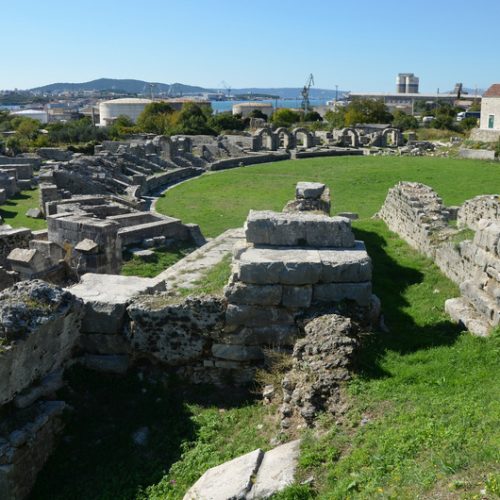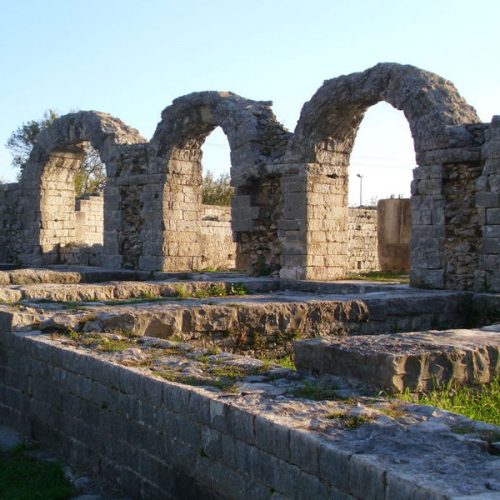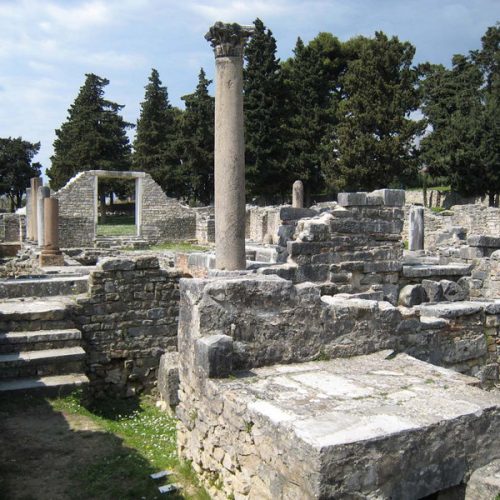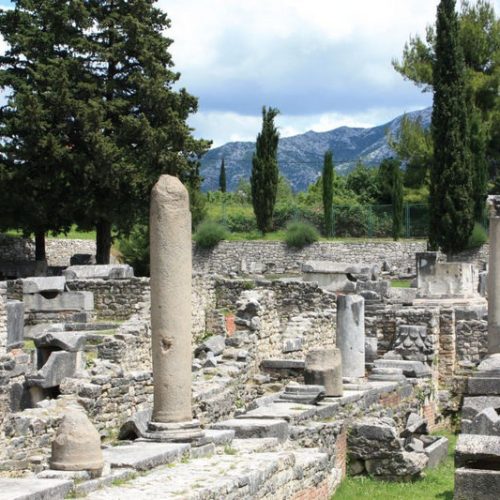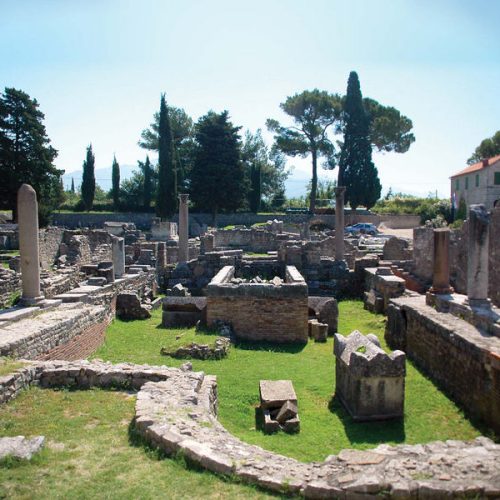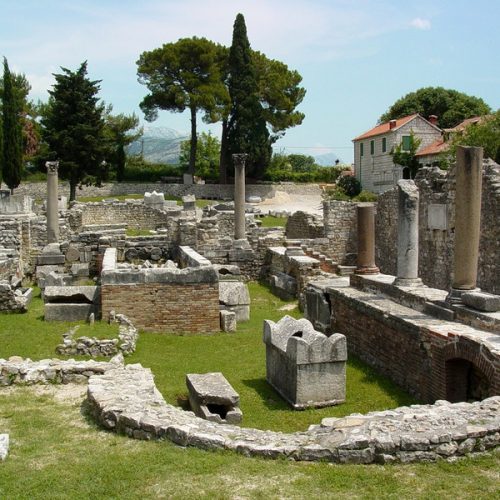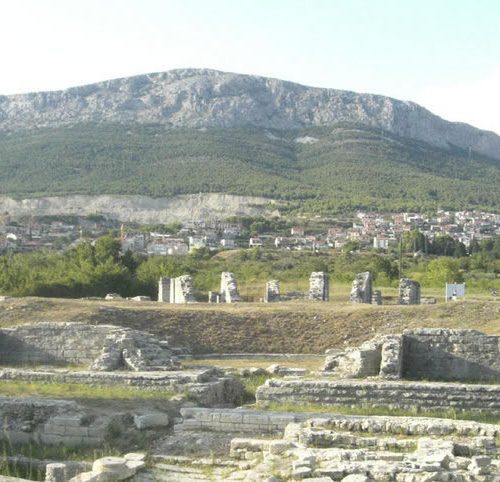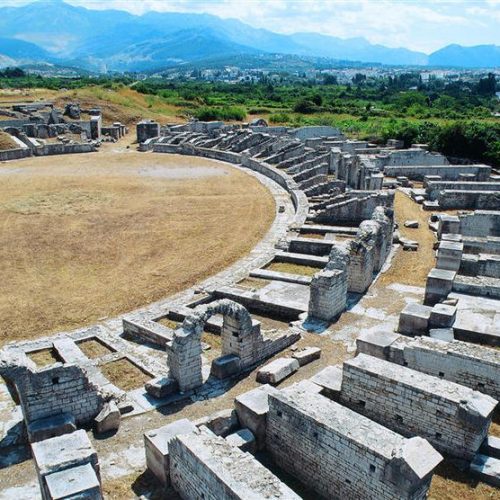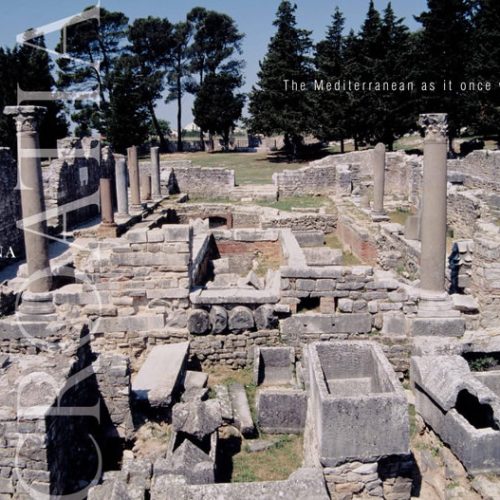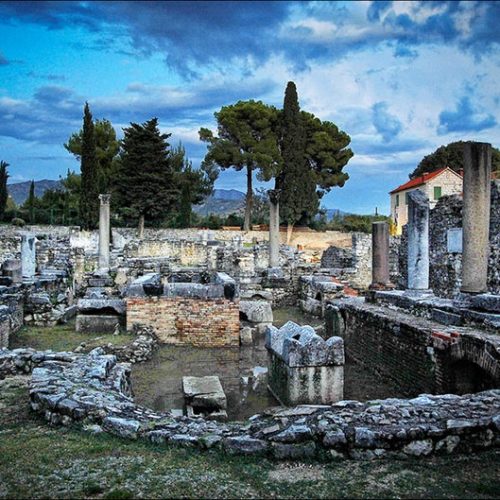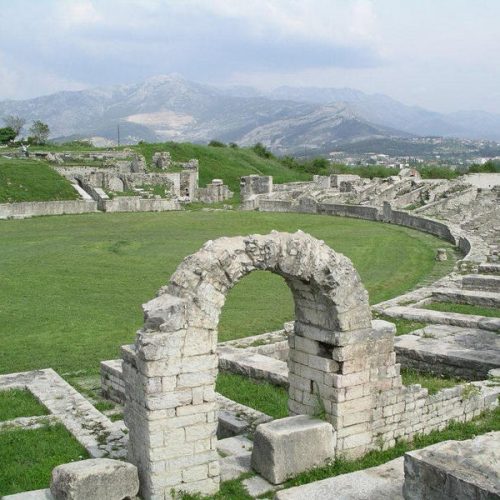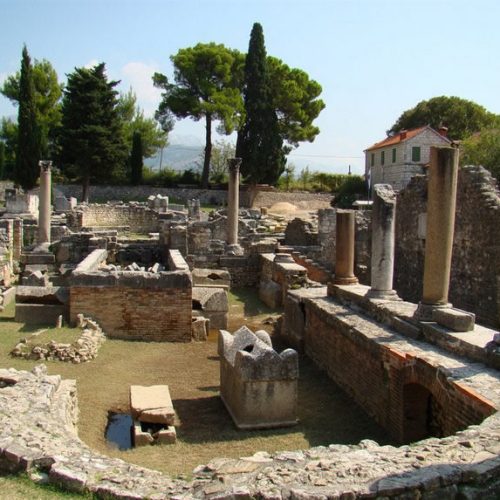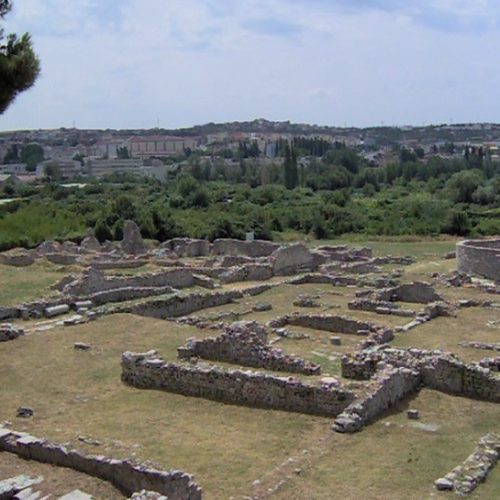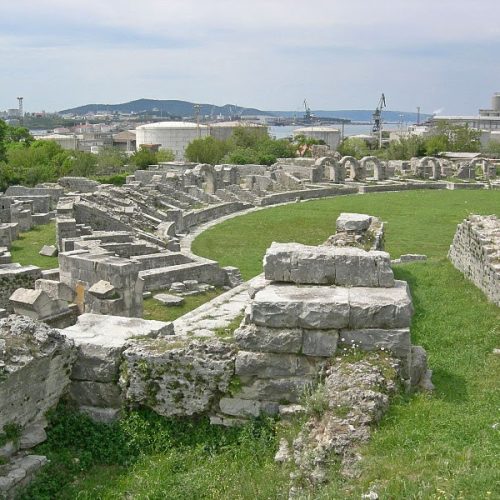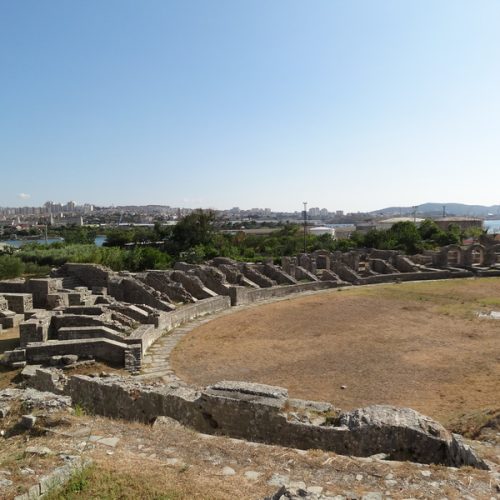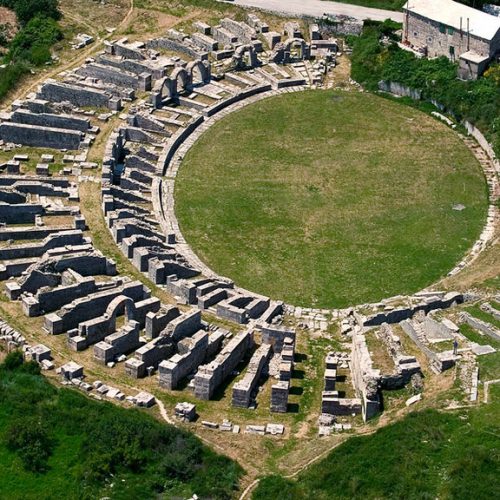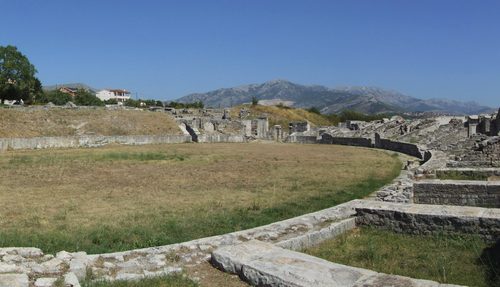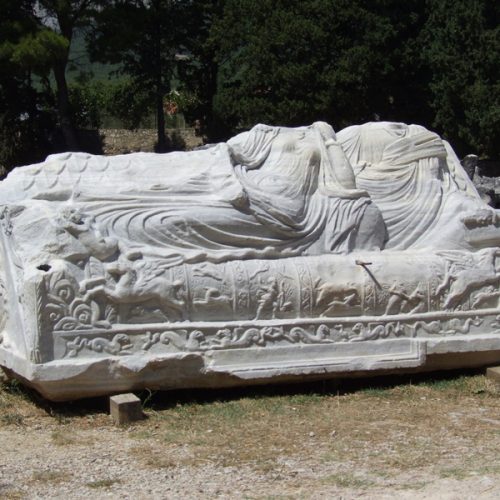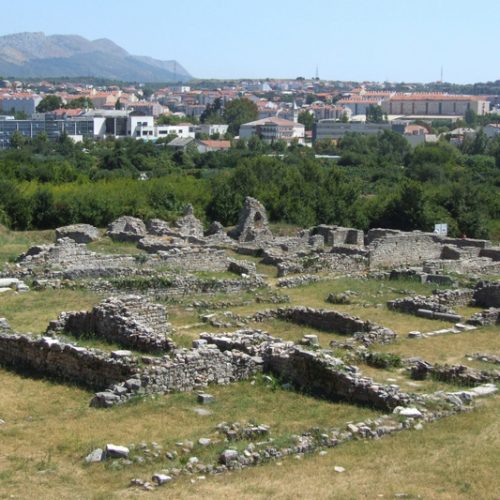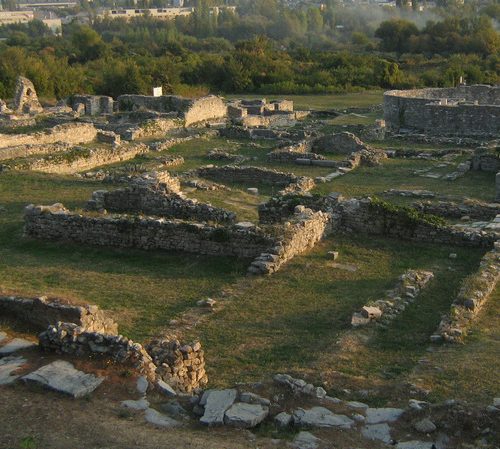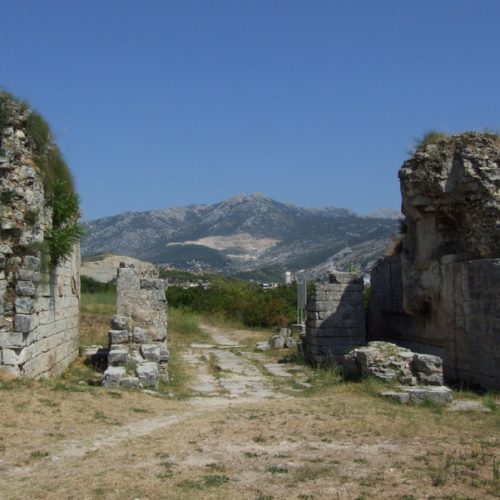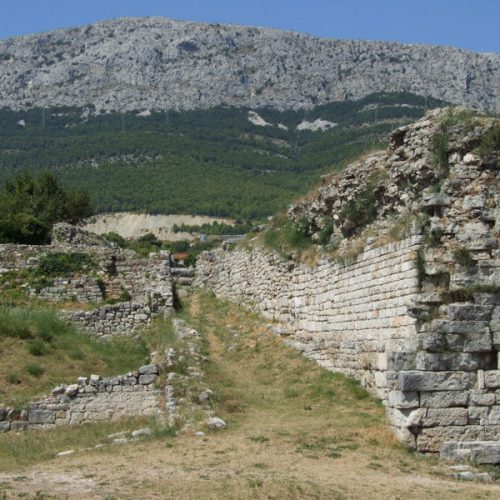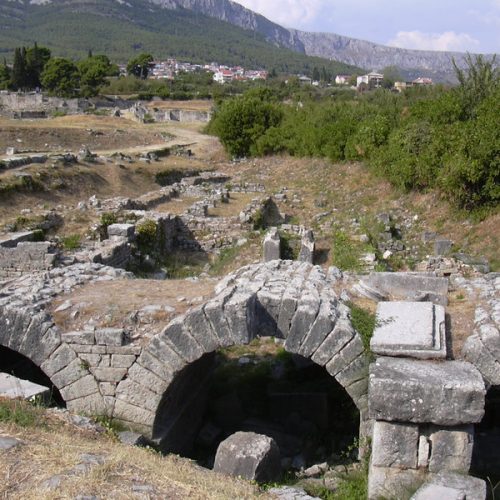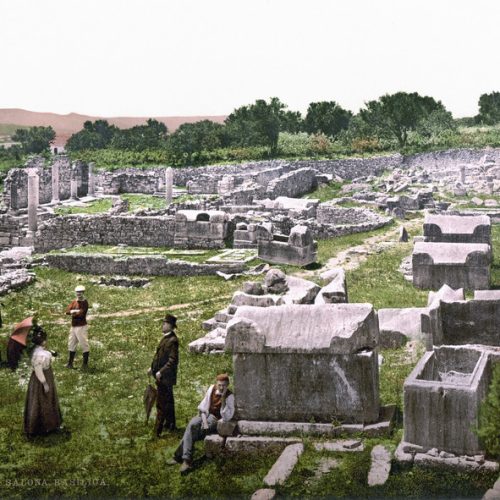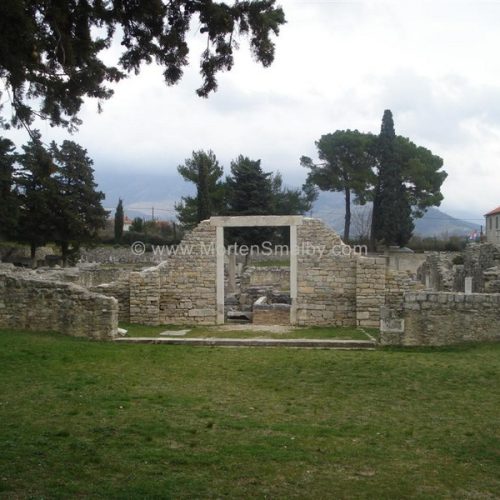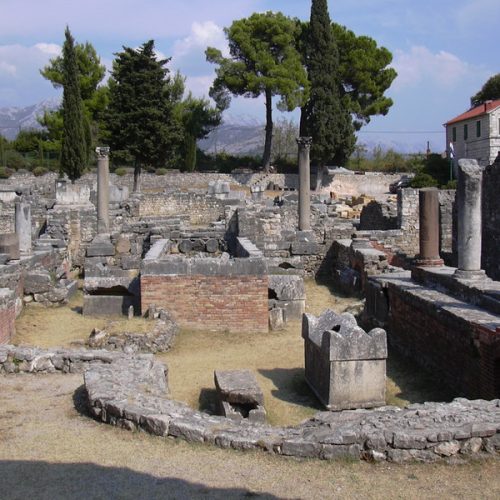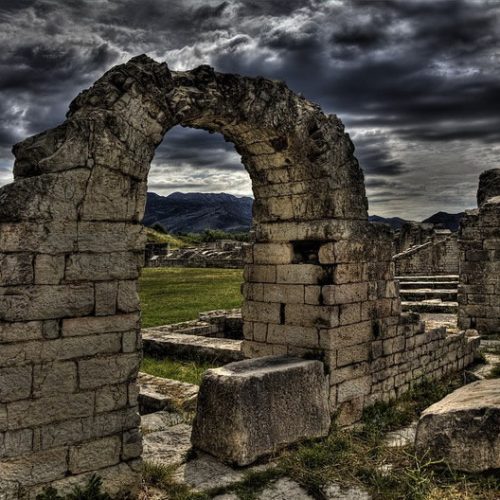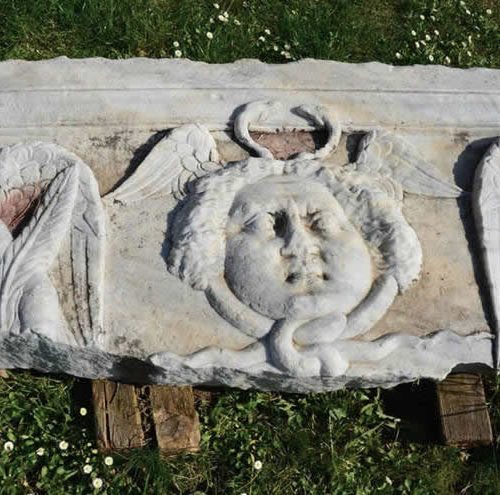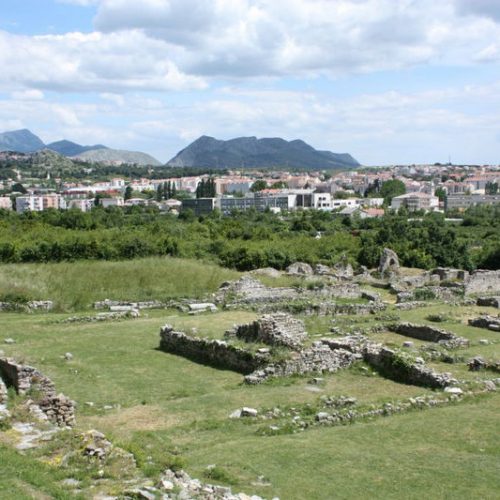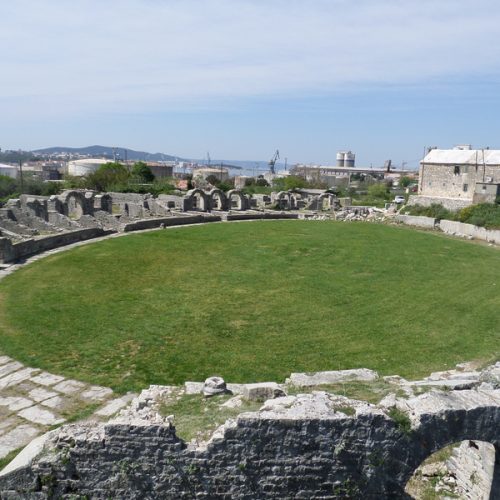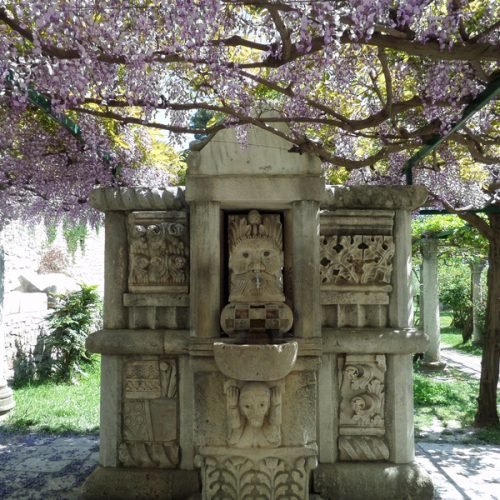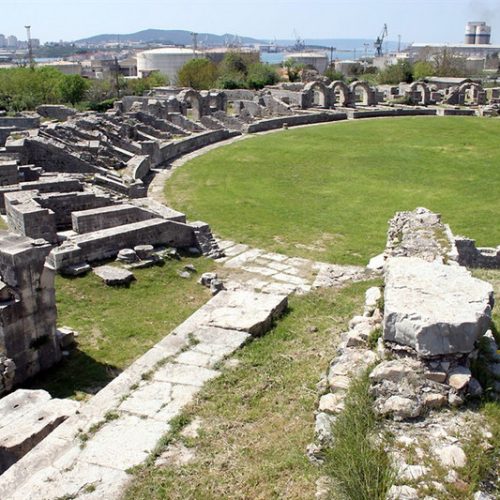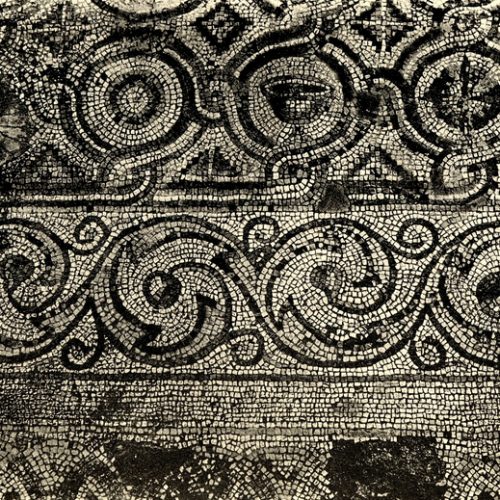Between Split and Seget Vranjica, 5 km from Split
Town history
Writing a brief summary of the history of Solin, formerly the capital of a Roman provinence and describing its improtant monuments, is a task both appealing and hard. It is well known that Salona disappeared at the end of classical epoque, never to be renewed again. In the middle ages, the Salonitan town area, the entire former Salonitan ager, established at the end of Roman republic, was between three important centres that were often in collision: between the towns of Trogir and Split, and the Klis fortress, for a long time in possession of the Croaitan dignitary families and then by Turks. This inevitably determined the destiny of the former town of Salona, the present Solin, and its environments.
Monuments
From ancient Salona, once capitol of roman provinence of Dalmatia, whose size, wealth and magnificence is testifed by impressive walls with towers and gates, the forum with temples, amphitheatre, graveyards with salonitan martyrs (Manastirine, kapljuč, Marusinac) till Middle age, time of queen Jelena and Trpimirović dynasty, coronation of Zvonimir as King of Dalmatia and Croatia in Hollow church in 1075, Solin is truly monument itself…
The Amphitheatre
At the northwest end of Salona’s town limits, subsequently fortified, there is an amphitheatre, which forms part of the town defence system. Its remains are comparatively well-preserved (much worse than the one in Pula, though), showing the benefits of the well known reconstruction made by the Danish archaeologist Ejnar Dyggve. The first excavations, made in the end of the 1840s, were initiated by F. Carrara, who was also responsible for the first and very systematic archeological research of this town and its archaeological research. In 1850 he published a book on the Salonitan topography and excavations undertaken earlier, which is still very valuable and useful. Excavations of the amphitheatre were continued until much later: before and during the First World War (F. Bulić), and again in 1929 as part of studies of this edifice performed for the purpose of a comprehensive monograph published in 1932 (E. Dyggve). Finally, in the beginning of the 1980s, it was studied by F. Oreb within a conservation works campaign.
Dyggve considers that the amphitheatre was designed by Roman architects who performed similar tasks elsewhere too, and that it was built in the second half of the second century A. D. Today, we can see only the lower parts of its large walls, largely reconstructed in the 1950s. During the Venetian époque, it was intentionally damaged to prevent it from being used by the Turkish units during their war with Venice in the 16th and the 17th centuries. After that, it was used as a quarry from where stone for house building was being taken, like in many other places.
It is believed that it could have accommodated about fifteen thousand, or even more, spectators. In order to enable fast entrance to and evacuation from the auditorium, a double system of communications was designed: radial, as related to the building ellipse, and circular, as related to the levels of the seat rows. Such a system is quite often at large sports’ stadiums of today. Because of its location along the northern and, partly, the western town walls. Its main entrances must have been in the south and the east walls, which is a deviation from the system comprising two entrances in the east – west longitudinal axis. On its northern side, it stood on elevated soil, some of the walls built on marl (still visible) having therefore no foundations, unlike the other sides. On the southern side, and also on parts of the western and eastern sides, it had three floors: two with arcades and the third with rectangular windows.
In the vicinity of the amphitheatre, to its south, there was a cemetery for gladiators killed in the arena. From their epitaphs, we learn their names, origins, homelands and fighting specialities.
 English
English Français
Français Deutsch
Deutsch Hrvatski
Hrvatski Čeština
Čeština
